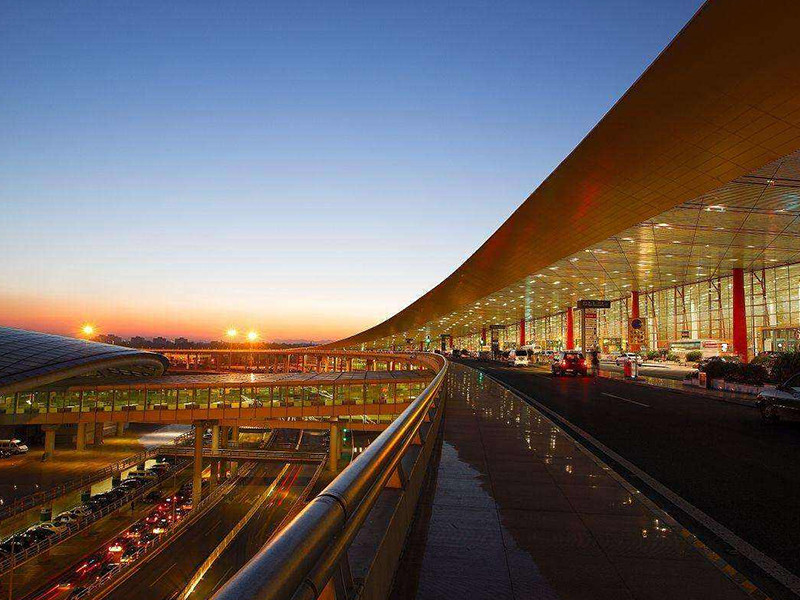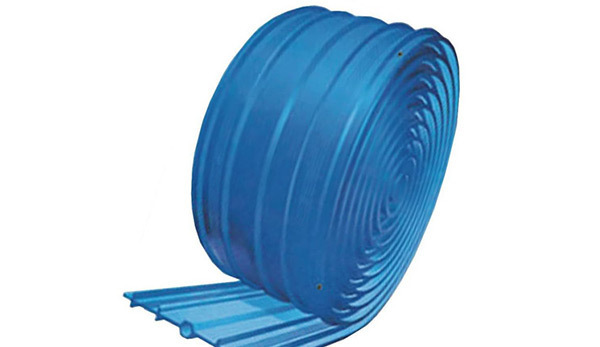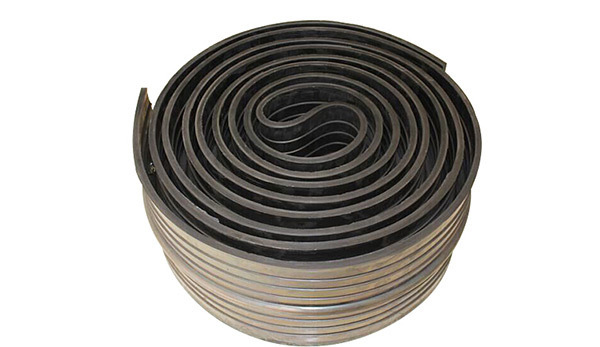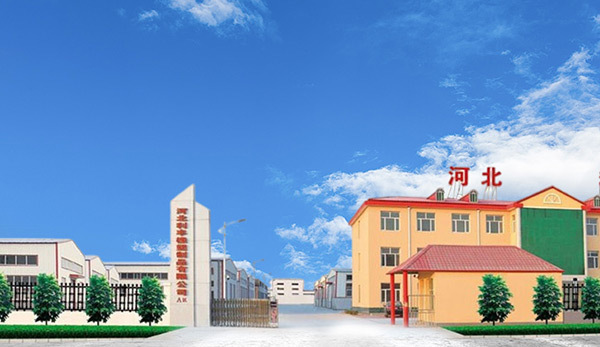Application and Role of Rubber Waterstop in Engineering
2021-12-26

The application and function of rubber water stop belts in engineering. Water stop belts utilize the high elasticity and compressive deformation of rubber to produce elastic stretching deformation under various loads. They are mainly used at joints and surrounding joints in underground foundations and tunnel projects, serving to secure seals, prevent seepage and leakage, and ensure the service life of engineering buildings. In some underground engineering, the rubber water stop belts used for waterproofing utilize the high elasticity and compressive deformation of rubber to produce elastic deformation under various loads, thereby securing seals, effectively preventing leakage and seepage of building components, and providing shock absorption. In many engineering constructions, there are certain requirements for expansion and contraction between civil engineering and water-soil structures, as well as issues of waterproofing and shock resistance. Therefore, the use and installation of rubber water stop belts is an effective means to solve these various problems. They are mainly used in deformation joints set during concrete pouring, such as water channels, tunnel outlets, water retaining dams, and water conveyance flumes. E-type series water stop belts.
Water-swelling rubber water stop belts are a new product recently developed by the company. This product incorporates a hydrophilic swelling polymer material into the rubber, giving it the performance of general rubber products while also possessing the unique ability to swell upon contact with water. It is a new type of waterproof material that can effectively stop water with a more reliable waterproofing effect than general rubber. Water-swelling rubber water stop belts have better characteristics and advantages: this type of water stop product will expand 2-3 times upon contact with water or humidity, filling all irregular surfaces, voids, and gaps in the joints while generating significant contact pressure to prevent moisture leakage. When joints or construction seams shift, causing gaps to exceed the elastic range of the material, ordinary rubber water stop materials lose their sealing function, while this material can still stop water by swelling upon absorbing water. Using water-swelling rubber as a sealing material not only saves material but also eliminates the characteristics of general elastic materials that lead to elastic fatigue due to excessive compression, making the waterproofing effect more reliable. Water-swelling rubber water stop belts possess good adhesion and low-temperature resistance like general putty, along with better expansion characteristics. This product is synthesized from various polymer chemical materials, with strength higher than that of general putty, making it particularly suitable for waterproofing projects.
The engineering quantity is generally calculated based on the length of each specification. The sales form of back-adhesive rubber water stop belts is very diverse, but there are very few that can directly find manufacturers, and we are a direct manufacturer related to back-adhesive rubber water stop belts. We offer a variety of styles related to back-adhesive rubber water stop belts at affordable prices, and we welcome inquiries from customers. We have been providing services related to back-adhesive rubber water stop belts for many years, making us your best choice. Rubber water stop belts and water stop rubber are primarily made from natural rubber and various synthetic rubbers, mixed with various additives and fillers, and processed through plasticizing, mixing, and molding. They come in various types and specifications, including bridge type, mountain type, P type, U type, Z type, B type, T type, H type, E type, Q type, etc. Depending on usage, they can be classified into middle-buried rubber water stop belts and back-adhesive rubber water stop belts. This water stop material has good elasticity, wear resistance, aging resistance, and tear resistance, with strong adaptability to deformation and good waterproof performance. The temperature range for use is -45℃ to +60℃. When the temperature exceeds 70℃, or when the rubber water stop belt is subjected to strong oxidation or erosion by oils and other organic solvents, the rubber water stop belt should not be used.
Rubber water stop belts utilize the high elasticity and compressive deformation of rubber to produce elastic stretching deformation under various loads. They are mainly used at joints and surrounding joints in underground foundations and tunnel projects, serving to secure seals and prevent seepage and leakage, ensuring the service life of engineering buildings. Water stop belts utilize the high elasticity and compressive deformation characteristics of rubber to produce elastic deformation under various pressures, effectively preventing leakage of building structures and providing shock absorption. In many projects such as construction, water conservancy, and bridges, there are certain requirements for expansion, waterproofing, and shock resistance, and the use of back-adhesive water stop belts effectively meets these requirements.
For example: The cross-section of steel-edge rubber water stop belts adopts a non-uniform thickness structure, ensuring uniform and reasonable stress distribution in the waterproof area. The expansion joints are flat, and during construction, the contact surface of the steel-edge rubber water stop belt is large, making it difficult to displace. The installation holes in the steel plate connect with the rebar, ensuring a secure and stable installation. The good adhesion between the galvanized steel plate and concrete enhances the waterproof performance of the steel-edge rubber water stop belt.
Rubber water stop belts can be widely used in tunnels, flumes, water retaining dams, underground structures, water storage tanks, swimming pools, roofs, and other projects... Mainly used in (6), this type of water stop product is primarily installed in construction seams during concrete pouring, forming an integral part with the concrete structure in foundational engineering, underground facilities, tunnel flumes, water retaining dams, and building expansion devices, ensuring the service life of the engineering construction. 2: The main physical performance indicators of the product reference: according to the CB18173.2-2000 standard 1: Hardness: (Shore A) 60 degrees ±5. 2: Tensile strength MPa: J≥10. S≥12. B≥15 3: Elongation at break %: J≥300 S/B≥380. 4: Tear strength KN/m: S.J≥25 B≥30. Note: B: represents deformation joints S: represents construction seams J: represents joints with aging resistance requirements.
Previous:
Contact Us
E-mail:
349295133@qq.com
Phone/WeChat:
+86-18632707200
Address:
Second Avenue District, Hejian Economic Development Zone, Hebei Province















